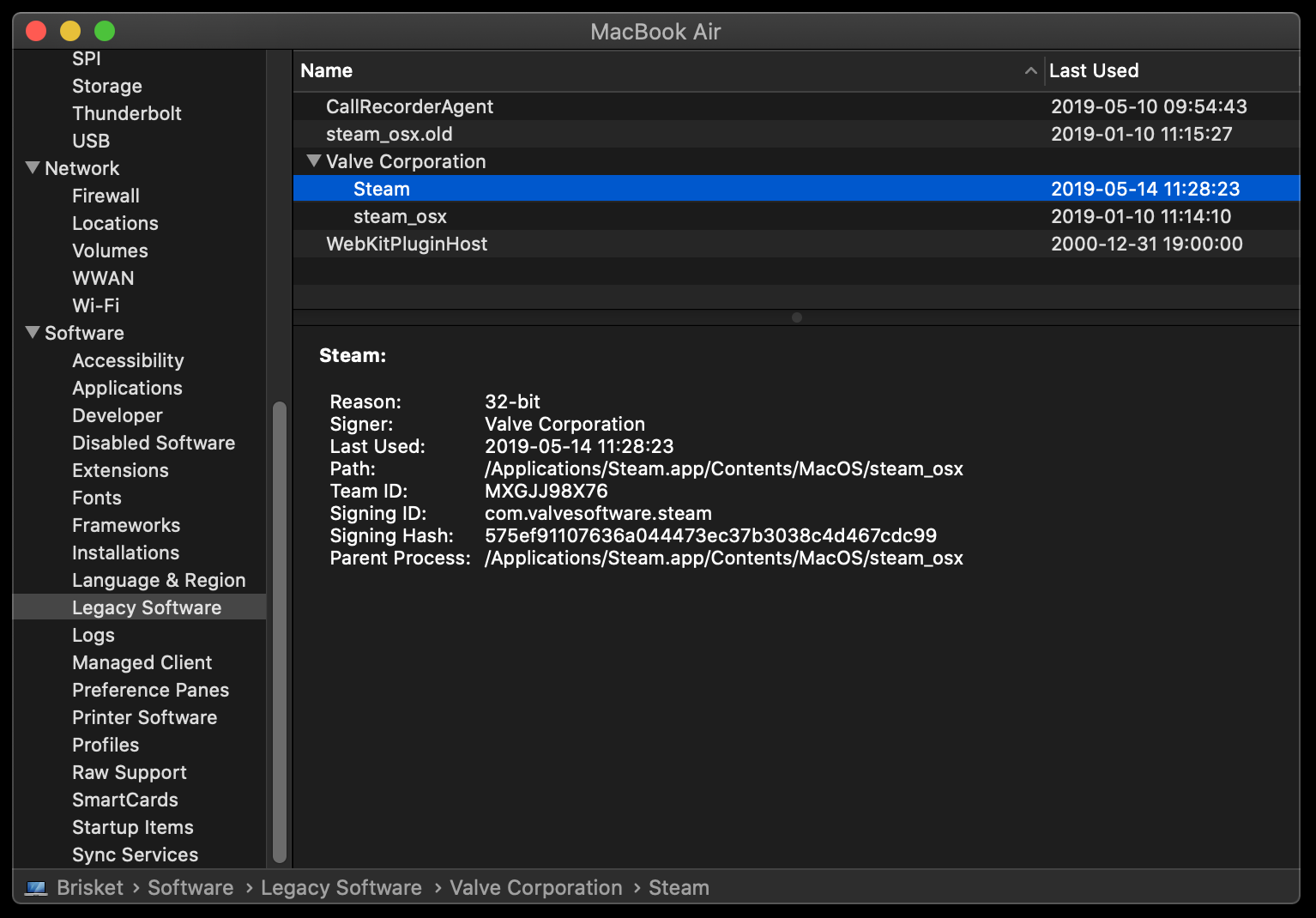

- Upgrade program for mac how to#
- Upgrade program for mac mac os x#
- Upgrade program for mac install#
- Upgrade program for mac archive#
For native Apple silicon arm64 binary see below. This release supports Intel Macs, but it is also known to work using Rosetta2 on M1-based Macs. Always re-install XQuartz when upgrading your macOS to a new major version. Note: the use of X11 (including tcltk) requires XQuartz to be installed since it is no longer part of OS X. The latter two components are optional and can be ommitted when choosing "custom install", they are only needed if you want to use the tcltk R package or build package documentation from sources. R 4.1.1 binary for macOS 10.13 ( High Sierra) and higher, Intel 64-bit build, signed and notarized package.Ĭontains R 4.1.1 framework, R.app GUI 1.77 in 64-bit for Intel Macs, Tcl/Tk 8.6.6 X11 libraries and Texinfo 6.7. Pkgutil -check-signature R-4.1.1.pkg Latest release: R-4.1.1.pkg (notarized and signed)
Upgrade program for mac mac os x#
On Mac OS X 10.7 and later you can also validate the signature using In the Terminal application to print the SHA1 checksum for the R-4.1.1.pkg image.

Please check the SHA1 checksum of the downloaded image to ensure that it has not been tampered with or corrupted during the mirroring process.
Upgrade program for mac archive#
Package binaries for R versions older than 3.2.0 are only available from the CRAN archive so users of such versions should adjust the CRAN mirror setting ( ) accordingly. Note: Although we take precautions when assembling binaries, please use the normal precautions with downloaded executables. Releases for old Mac OS X systems (through Mac OS X 10.5) and PowerPC Macs can be found in the old directory. Note: If you're using OS X Lion or Snow Leopard , get OS X updates by choosing Apple menu ? > Software Update.This directory contains binaries for a base distribution and packages to run on macOS. Your Mac will notify you when updates are ready to install.
Upgrade program for mac install#
Use the Update buttons to download and install any updates listed.Click Updates in the App Store toolbar.If you're using an earlier macOS , such as MacOS High Sierra, Sierra, El Capitan, or earlier,* follow the following steps to keep it up-to-date: MacOS updates prior to Mojave follow this set of instructions: To automatically install MacOS updates in the future, including apps that were downloaded separately from the App Store, select ”Automatically keep my Mac up to date.” Your Mac will notify you when updates require a restart, so you can choose when to have the updates installed.To find updates for iMovie, Garageband, Pages, Numbers, Keynote, and other apps that were separate downloads from the App Store, open the App Store on your Mac, then click the Updates tab.That includes Safari, iTunes , Books, Messages, Mail, Calendar, Photos, and FaceTime. When Software Update says your Mac is up-to-date, the installed version of MacOS and all of it's apps are also up to date. MacOS Mojave or Later follow this set of instructions : Or click More info to see details about each update and select specific updates to install. If any updates are available, click the Update Now button to install them., then click Software Update to check for updates. Choose System Preferences from the Apple menu.Then follow the instructions for the version of the MacOS you have.
Upgrade program for mac how to#
How to Update the OS software on your Mac, Mojave or laterįor all MacOS upgrades follow steps 1 and 2 below.


 0 kommentar(er)
0 kommentar(er)
